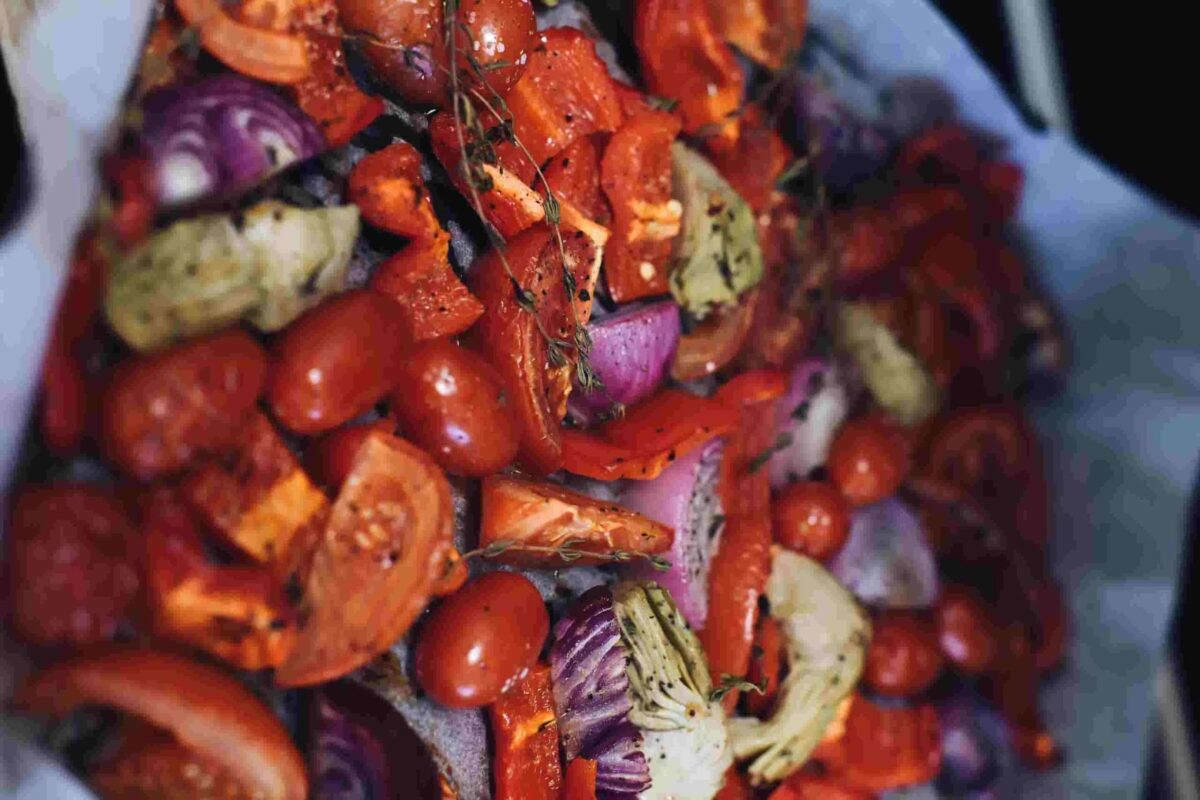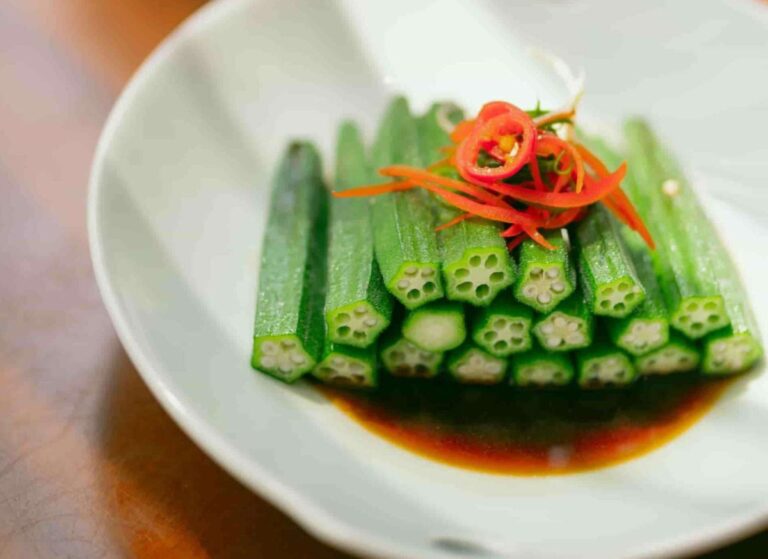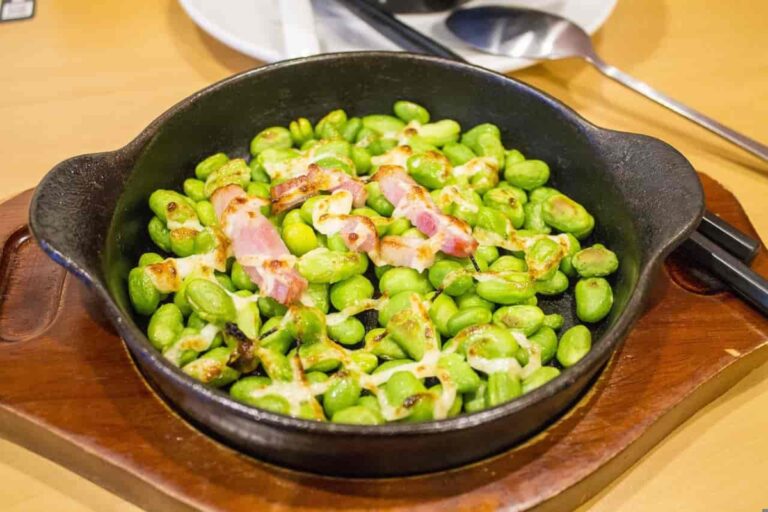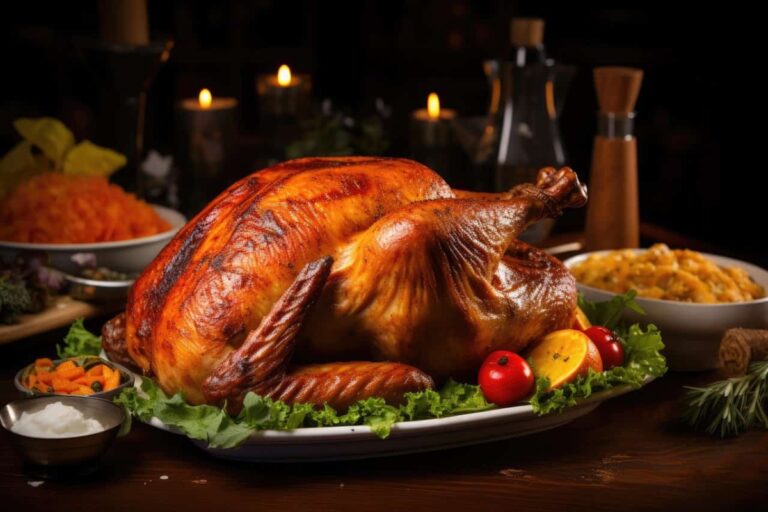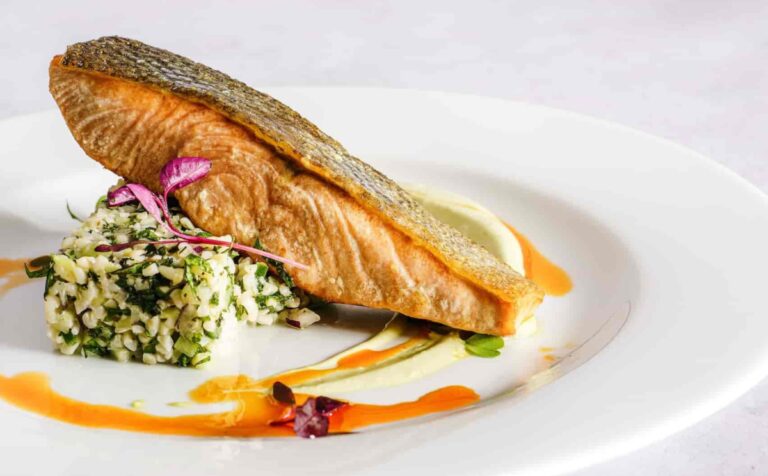35 top thyme kitchen insights and benefits
Did you know that thyme was considered to provide its users with strength and courage in ancient times?
- The ancient Greeks used it in their bathing rituals and used it as a kind of incense in their sacred temples, attributing to it the power to provide bravery.
- In the Roman period, it was generally assumed that eating thyme either before or during a meal would protect you against poison — this made the herb a particular favorite of the emperors. There were even claims suggesting that immersing oneself in a bath of warm water infused with thyme may effectively counteract the toxic effects resulting from the accidental ingestion of poison.
- Indisputable proof exists of the ancient Egyptians astutely using the potent antibacterial qualities of thyme in their intricate embalming practices.
- In the European Middle Ages, the plant was put under pillows to aid sleep and fight off nightmares. During this era, it was customary for ladies to bestow presents on knights and warriors, which often contained thyme leaves. This gesture was rooted in the belief that thyme has the power to inspire bravery in the recipient.
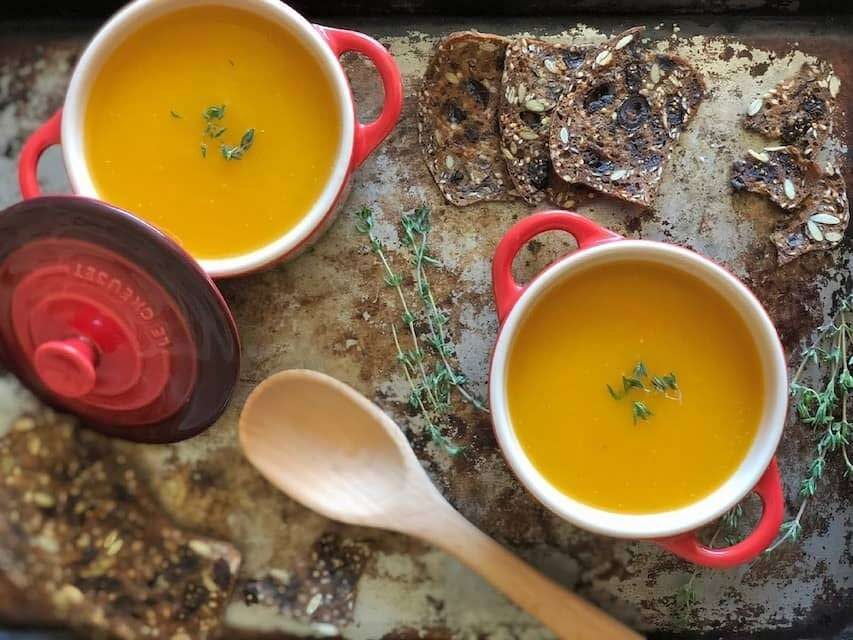
Thyme nutrition values and health benefits
- There is a chemical in thyme called thymol that can help control or fight some bacterial, parasitic, fungal, or viral illnesses. It can also reduce inflammation.
- Thyme, whether fresh or dried, may serve as a viable alternative to salt in culinary preparations. This method may assist in reducing the amount of salt used, a crucial step for those aiming to lower their elevated blood pressure levels.
- Thyme has long been used as a domestic cure for coughs, respiratory ailments, and bronchitis. Complementary and alternative medicine have used it both as a beverage and in the practice of aromatherapy.
- According to research, it has been shown that thyme essential oil and pure thymol, which is derived from thyme, have potential disinfectant properties against mould. Thymol, an active component found in several pesticides, exerts its effects on target organisms. In the mould investigation, thyme essential oil showed a much lower level of effectiveness compared to its counterpart, being about three times less potent.
- The anti-inflammatory and antibacterial properties of thyme may potentially provide relief for several skin diseases. It has the potential to effectively eliminate bacterial infections while concurrently aiding in the mitigation of inflammation. Consequently, it has the potential to alleviate the vexation and inflammation associated with disorders such as eczema and acne.
- Through experimental research conducted on rats, it has been seen that chemicals derived from thyme oil have a remarkable ability to safeguard the stomach’s lining against ulcers. Additionally, these compounds have been found to enhance the protective gastric mucus layers within the stomach, therefore fortifying the defence mechanism against acid-induced damage to the stomach lining. However, it is worth noting that the impact of thyme on the human digestive system remains largely unexplored, necessitating more extensive investigation in this area.
- Individuals with allergies to thyme or related botanicals such as basil, oregano, sage, and lavender may potentially have adverse reactions. Potential adverse effects of thyme consumption include cutaneous sensitivity upon contact with thyme leaves, as well as gastrointestinal symptoms such as nausea, heartburn, diarrhoea, and vomiting after ingestion of thyme or consumption of thyme-infused tea.
- Consuming fresh or dried thyme as a delightful infusion is often considered safe. However, it is important to note that essential oils possess distinct characteristics. The undiluted form of these substances is extremely concentrated and has hazardous properties. Consuming an excessive amount of thyme in essential oil has the potential to induce a precarious decrease in your blood pressure.
- Prior to using thyme essential oil or supplements, it is advisable to engage in a discussion with your physician if you are currently on high blood pressure medication, anti-clotting therapies (anticoagulants), or if you are pregnant.
100g of thyme has 101 calories (422 kJ), 6g of protein, 1.7g of fat, and 24g of carbs, including 14g of fibre.
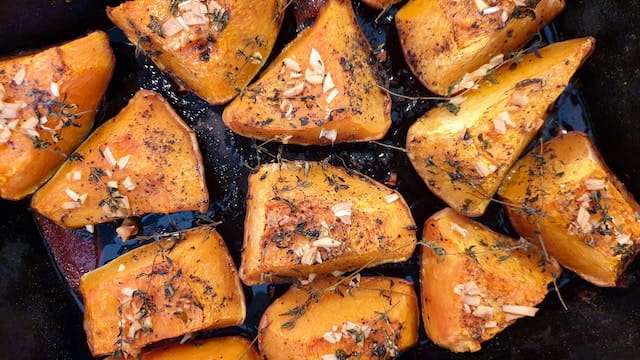
How to store thyme and how to buy them
- Similar to other fresh herbs, thyme has a rather short shelf life. With proper storage, the quality of the item may be maintained for a duration of 7 to 14 days in the refrigerator. Regarding dry thyme, it has resemblance to dried basil, nutmeg, and several other herbs that are commercially available in powdered form. Consequently, the date shown on the label serves as a benchmark for optimal quality, while the product remains suitable for use until its flavour dissipates entirely.
- I purchase tiny bags of ground thyme and use the simple technique of folding the top to minimise air circulation, ensuring its prolonged freshness. That approach works flawlessly for me and has the potential to provide equally positive results for you, provided you store your spices in a moisture-free location.
- For optimal preservation of fresh thyme, it is advisable to use one of two methods. The first involves the gentle envelopment of thyme sprigs in plastic wrap, allowing for a loose arrangement. Alternatively, one may choose to encase the sprigs in a little dampened (but not too wet) paper towel, then place them inside an open receptacle fashioned from plastic. The latter necessitates a modicum of effort, although it stands as the superior resolution.
- If one finds themselves in a situation where the necessity arises to preserve fresh thyme for a duration beyond the span of two weeks, a viable course of action would be to use the method of freezing.
- Cleanse the herb by washing it, and gently remove any excess moisture by patting it dry. The latter is of utmost importance since it is essential to prevent the presence of any water droplets or moisture inside the confines of the freezer.
- Simply enclose the sprigs inside a plastic bag and proceed to position such a bag within the confines of the freezer. Allow it to remain in that position until the point at which all substances solidify. An overnight duration should be enough, even in the presence of a few clusters.
- Gently manipulate the frozen sprigs inside the bag to effectively disengage the leaves from the stems. Discard the stems and return the remaining portion to the freezer.
- In order to determine the freshness of thyme, it is important to pay attention to the following factors:
- One must carefully inspect the spice for any signs of discoloration, whether it is in its fresh or dried state. A spice might be potentially dangerous if it exhibits any signs of discoloration. Promptly discard them. Furthermore, it would be prudent to diligently search for any withered sprigs. Promptly reject such a veggie.
- Experience the tactile sensation of the newly harvested vegetable seasoning by engaging in the act of touching, grasping, and perceiving its texture. The sensation of stickiness, sliminess, and mushiness may make the experience of fresh spice somewhat unpleasant. Promptly discard them. Additionally, in the event that the spice is desiccated, apply a little pressure to ascertain whether it imparts a sensation of roughness or particulate matter. Promptly discard them.
- Indulge your olfactory senses with a gentle inhalation of the aromatic spices, whether they are in their dehydrated or freshly harvested state. If one were to perceive an unpleasant scent, it may be deduced that the thyme has an unfavourable odour or has lost its former pungent fragrance. In such a case, it is prudent to conclude that the spice has spoiled and should be promptly disposed of.
- Indulge in the exquisite flavour of this remarkable spice. The consumption of spice may be rather unpleasant if its flavour deviates from its customary flavour. Dispose of them immediately and refrain from further use.
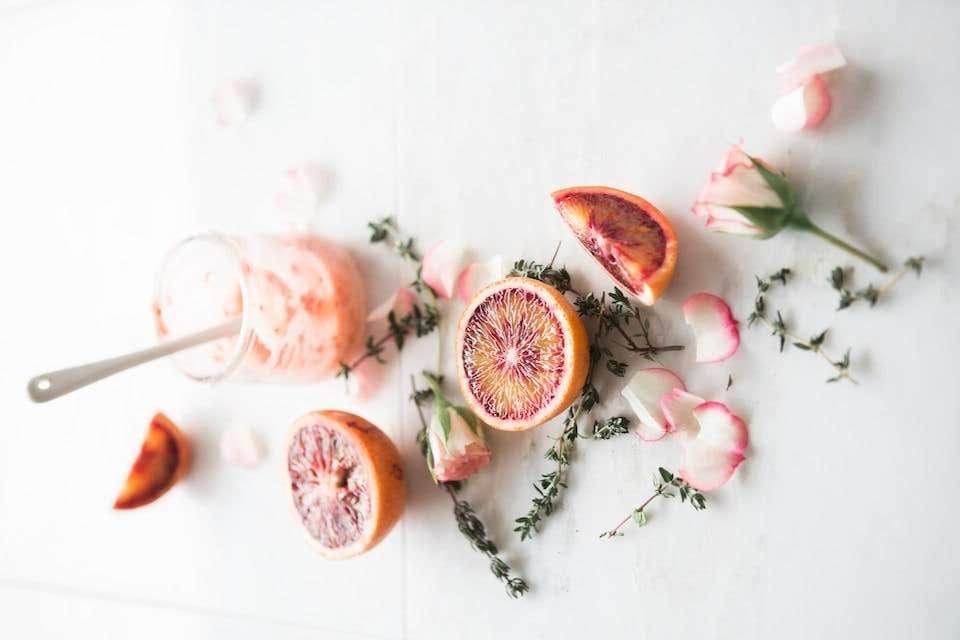
Cooking techniques, secrets, and tips from the kitchen
- Thyme is a plant that has a very strong aroma and boasts woody stalks that are thin and leaves that are tiny and spicy. It is possible to get this plant in most supermarkets throughout the year, and it is available in both fresh and dried forms. Since ancient times, it has been a vital component of the cuisines of southern Europe and the Mediterranean.
- It is a good idea to combine thyme with meat, tomatoes, and beans. It is the primary component of the traditional French herb combinations known as Bouquet Garni and Herbes de Province. It is common practice to use these herb mixtures to provide flavour to meat, stews, and soups.
- Adding thyme to stews and soups gives them a richer flavour and a more complex flavour profile. The earthy and somewhat minty flavour of this herb is a great compliment to a broad variety of foods, which is why many chefs choose it as their go-to herb. It is essential to include thyme in stews and soups at an early stage of the cooking process in order to enable its flavours to permeate the dish without compromising its integrity. You should keep in mind that a tiny quantity of thyme may go a long way, so begin with a modest amount and adapt it to your liking. Thyme is a culinary secret weapon that will take your food to new heights of taste, whether you are preparing a soul-satisfying stew or a cup of soup that will bring you consolation.
- Recipes that are vegetarian or vegan might benefit from the use of thyme since it can provide a burst of flavour to such foods. The addition of thyme to your vegetarian dishes may enhance the flavours and bring out the best in them, regardless of whether you are preparing a substantial vegetable stew or a plant-based protein meal. When you are creating a stir-fry with vegetables, put some fresh thyme leaves on top of the dish near the conclusion of the cooking process. In order to create a dinner that is both well-balanced and tasty, the fragrant notes of the herb will compliment the vivid flavours of the veggies. Combine thyme with other vegetables, such as pumpkin, carrots, and lentils, to make a vegan soup that is both satiating and nutritious.
- When it comes to preparing recipes that include meat and poultry, thyme is an excellent herb to use. You can take your recipes to the next level by using thyme, regardless of whether you are grilling, roasting, or braising them.
- When you are preparing a roast, you may make a simple rub by mixing chopped garlic, olive oil, salt, pepper, and a substantial quantity of fresh thyme leaves. In order to infuse and tenderise the meat, massage this tasty mixture onto it and allow it to develop. During the cooking process of the roast, the thyme will release its oils, which will give the meat a scent that is impossible to resist.
- In order to enhance the flavour of chicken meals, you may either put full sprigs of thyme beneath the skin or tuck them into the cavity of the bird before roasting it.
- When it comes to baking and sweets, thyme may not be the first herb that springs to mind; nonetheless, it has the potential to give your sweet creations a delicious and distinctive twist that you might not have thought of before. The soft, flowery, and citrusy tones that it has have the ability to enhance the flavours of a variety of baked items, making them even more appealing.
- When making shortbread cookies, you may want to keep in mind the possibility of inserting finely chopped thyme leaves into the dough. To create a taste that is both elegant and surprising, the fragrant flavours of the herb will combine with the buttery richness of the cookies.
- It is possible to impart a pleasant flavour to sauces, marinades, and dressings by using thyme, which is a versatile herb. Due to its earthy and fragrant nature, it has the ability to improve the flavour of a wide variety of foods, including salads and grilled meats. When preparing a savoury sauce, such as a tomato-based pasta sauce or a thick gravy, adding a sprinkle of dried thyme may enhance the flavour of the dish. The herb’s herbal undertones will enhance the addition of the other components, resulting in a sauce that is both tasty and well-rounded.
- Combine fresh thyme leaves with olive oil, garlic, and any spices of your choosing to make a marinade. A few hours of marinating the meat or veggies will enable the flavours to fully enter the food. When it comes to chicken, lamb, and roasted vegetables, marinades that include thyme are especially effective since they lend a savoury and fragrant touch to the dish.
- The addition of thyme to salad dressings or poured over roasted veggies is another excellent use for this herb. For a vivid and herbaceous dressing that will take your salads to new heights, combine fresh thyme leaves with olive oil, lemon juice, Dijon mustard, and a touch of honey. This dressing will raise your salads to new heights.

The history of thyme from the beginning until today
- As far back as ancient Egypt, when it was used as a component of the embalming process, thyme has been generally regarded as one of the plants that has been utilised the most. Throughout the course of human history, thyme has served as a remedy for poison, an alleviator of suffering, a symbol of bravery and goodbye, and a dwelling place for fairies.
- As part of the mummification process, thyme was combined with other herbs, such as rosemary, and applied to the body of a deceased person before the body was wrapped. This practice dates back to the ancient Egyptian era. As a pain reliever, the Egyptians also made use of thyme, and it was a component of a number of their medicinal preparations.
- In ancient times, the Romans believed that consuming thyme either before or during a meal might treat poisons. As a result, the Roman emperors were particularly fond of this herb. It was also common practice to present Roman troops with thyme as a token of their bravery before they went into war.
- Throughout the mediaeval ages in England, the custom of presenting thyme to soldiers as a token of appreciation for their service remained. During this time, thyme also became widely used as a spice in the kitchen.
- When the Black Death struck, thyme was used as a remedy in a great number of different ways. The use of a thyme solution to bind wounds was common practice among nurses throughout the Victorian era.
- Thyme came to represent the ethereal and dispassionate tastes of the upper class during the era when the railroads wiped off buffalo herds in the American West and the industrial revolution was transforming our culture. Members of the gentile class in Great Britain, the largest empire in the world at the time, believed that patches of spreading thyme seen in the woodland may be evidence of a fairy’s footsteps. In the past, people would pitch tents near these locations in the hopes of seeing the magical fairies that supposedly dwelt there.
- It is possible to find thyme growing in a variety of locations across the globe. If we consider this through the prism of history and tradition, we can see that this makes perfect sense. Several of the most powerful civilizations in the world placed a high value on the plant, and as a result, it is still present in the societies in which we now reside. Recent developments in scientific understanding and technical capabilities have provided support for a major portion of the traditional wisdom that has been associated with the plant.

